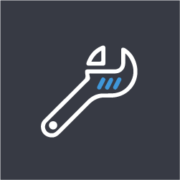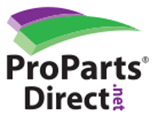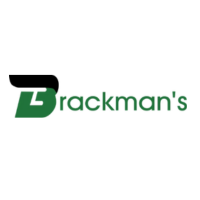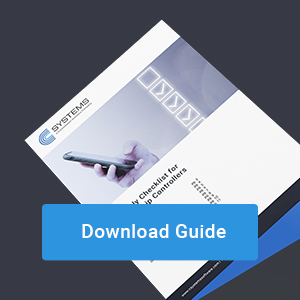Learn what’s best for your dealership.
22 Essential Dealership Metrics You Should Always Track
Knowing your numbers is essential, which is why dealership metrics are the foundation of a successful business. As John Doerr wrote in Measure what Matters, numbers create clear goals in your business, and help employees tie their day-to-day activities to the organization’s vision.
“The term for this linkage is alignment, and its value cannot be overstated,” said Doerr. “According to the Harvard Business Review, companies with highly aligned employees are more than twice as likely to be top performers.” Check out our top dealer-proven metrics, many of which were inspired by dealership expert Bob Clements.
 Marketing
Marketing
1. Customer Acquisition Cost (CAC)
The amount of money it costs to acquire customers.
CAC = (Total Marketing Spend) ÷ (Total New Customers)
2. Customer Count
The number of customers for any given time period, which can be retrieved from your dealership management system.
 Sales
Sales
3. Total Sales
The number of dollars you earn from all wholegood sales.
4. Sales by Department
The number of dollars produced within each department, such as parts, service, rental and so on. Average sale by department can also be useful to see if one is better at driving transaction values.
5. Sales by Person
Seeing who is doing the deals is the basis of a strong sales team. From a parts perspective, this can also bring insight.
6. Total Transactions:
The number of transactions that take place each day. Doing this within parts can also measure the performance of that department.
7. Average Transaction Value (ATV)
Having customers spend more after walking in the door is the best way to increase sales, which is why banks use the metric known as “average wallet size.” Looking at your average parts transaction value is also a good exercise.
ATV = (Total Revenue) ÷ (Total Number of Transaction)
 Service
Service
8. Total Labor Sales
The amount of money that you earn from your work orders – this can be retrieved from your dealer management system.
9. Average Tech Efficiency
The number of hours spent on work orders versus billable time. The actual percentage of the time each tech has recovered.
Average Tech Efficiency = (Book Time) ÷ (Clock Time – Non-Billable Hours)
10. Average Completion Time
This metric helps you understand how long your customers are waiting for their vehicle. The average number of hours completed per work order. By multiplying this number by the total number of work orders, you can determine the number of hours you still have to complete for all your outstanding work orders. Tracking aging work orders can also be useful.
Average Completion Time = (Total processing time + total waiting time) ÷ (Number of jobs)
11. Unfiled warranty claim dollars
The number of dollars you need to retrieve on your unfiled warranty claims. This represents a potential future expense, that could adversely affect cash flow.
 Parts
Parts
12. Total parts sales
The revenue you earn from all your parts sales – across the counter to customers and through to the service department.
13. Total back orders
The number of orders that have not been fulfilled yet.
14. Total lost sales
The number of times a product was not available when a customer wanted to buy it. This helps dealers with future decisions regarding stocking.
15. Total emergency orders
The number of times you had to order an out-of-stock product to meet customer demand. Same as above, this helps with future decisions.
16. Average transaction time
The number of hours, on average, it takes your people to close a transaction – from the moment the customer approaches the counter to the moment they leave the store. This metric, which can often be retrieved from the POS, is important because it tells you how optimized your parts department is for serving customers.
 Financial and Management
Financial and Management
17. Total cost of goods
The number of dollars you spend to sell your products.
18. Total operating costs
The number of dollars you spend on salaries for your employees, insurance and other non-overhead expenses.
19. Gross profit
The revenue you make minus the costs associated with selling your products and providing your services. Showing this as a percentage, or the Gross Profit Margin, is often used in benchmarking.
Gross Profit = (Sales) – (Cost of Goods Sold (COGS))
20. Operating profit
The number of dollars you make from your business operations before various deductions.
Operating Profit = (Sales) – (COGS) – (Operating Expenses) – (Depreciation) – (Amortization)
21. Labor costs as a percentage of sales
This dealer metric shows how much your labor is compared to your sales. According to the US Department of Labor, this is roughly 10-20% in retail operations.
Labor Cost Percentage = (Cost of Employee Salaries) ÷ (Total Sales)
22. Average gross profit margin by category
This metric helps measure the departments that are revenue drivers, and those that are cost centers.
Last Word
 A dealership management system can help you generate much of the information required for these metrics. To find out if your current system can do the job, be sure to check out our guide on how to evaluate dealership software.
A dealership management system can help you generate much of the information required for these metrics. To find out if your current system can do the job, be sure to check out our guide on how to evaluate dealership software.



